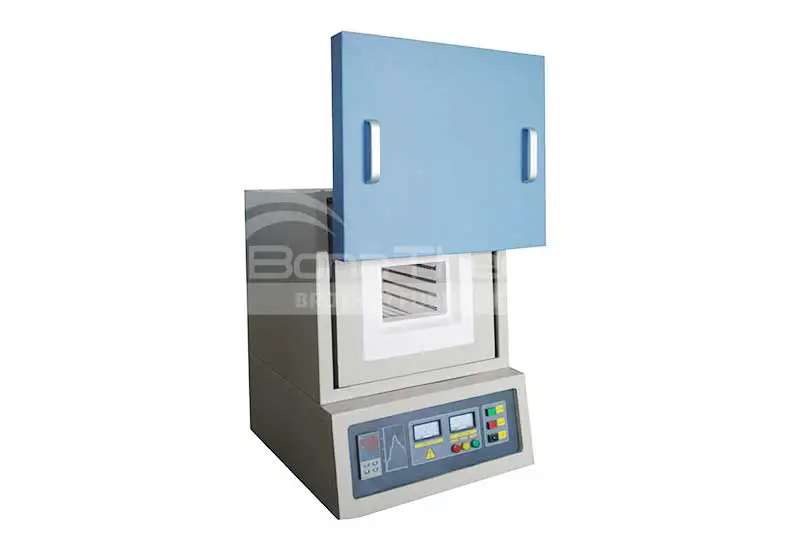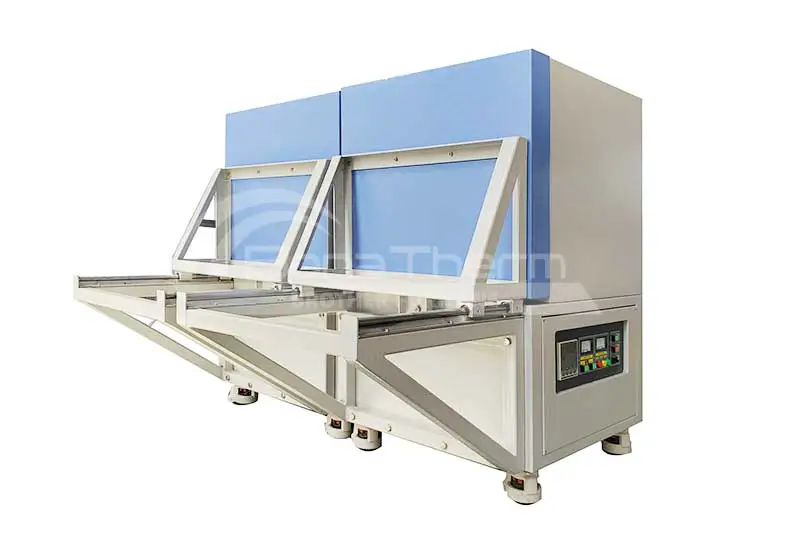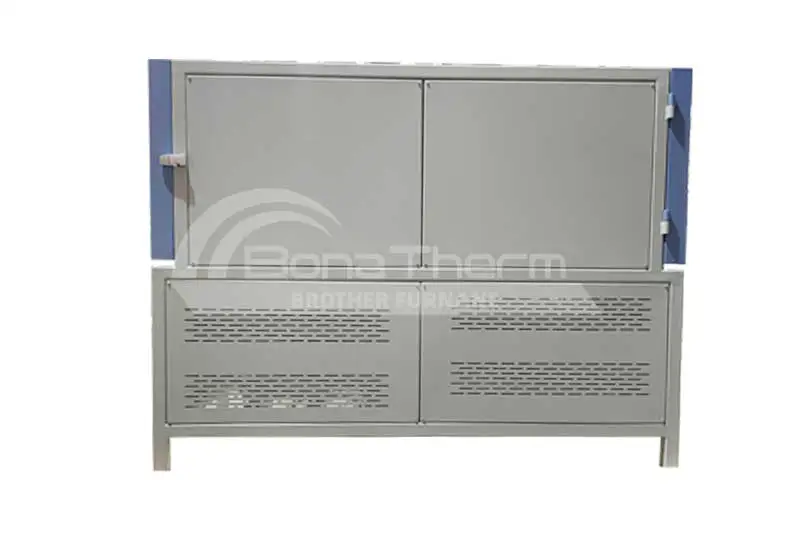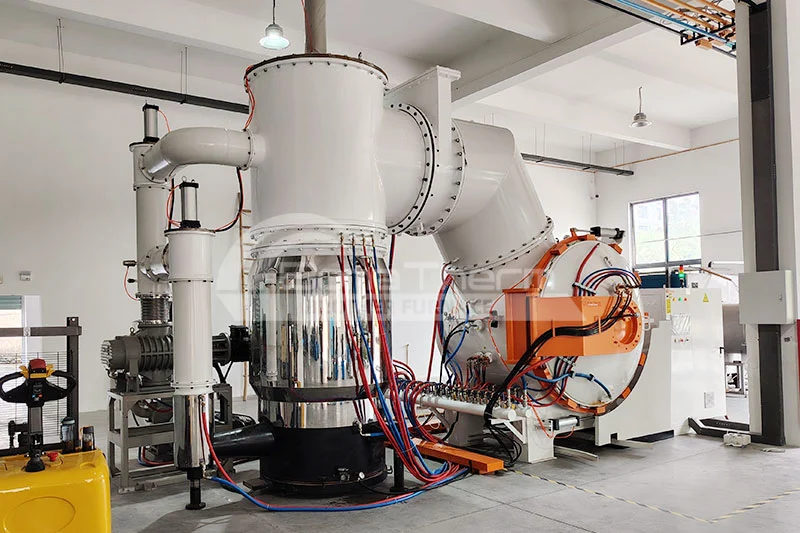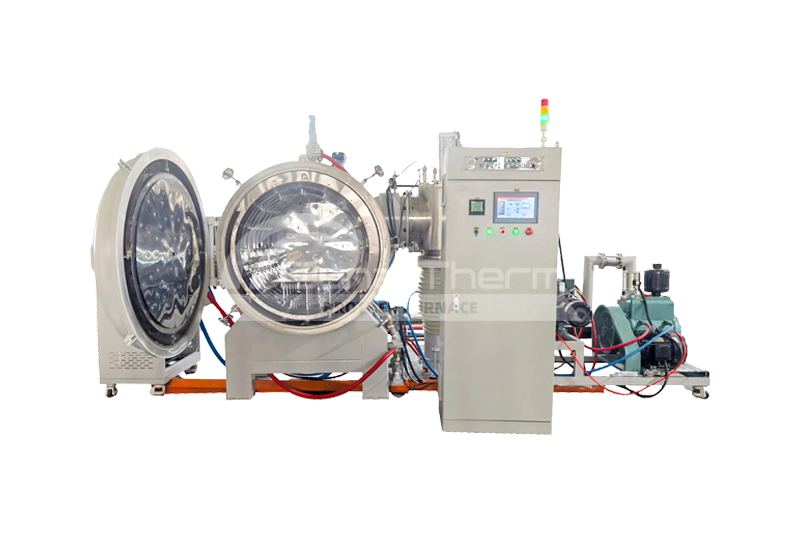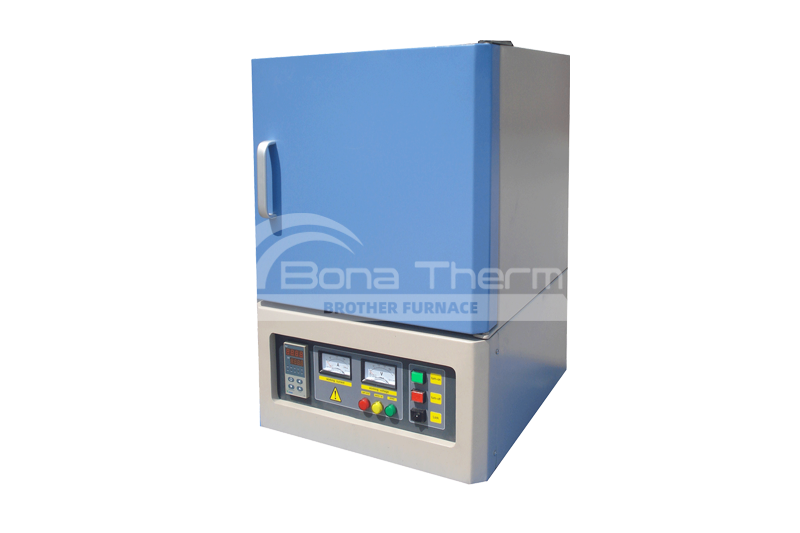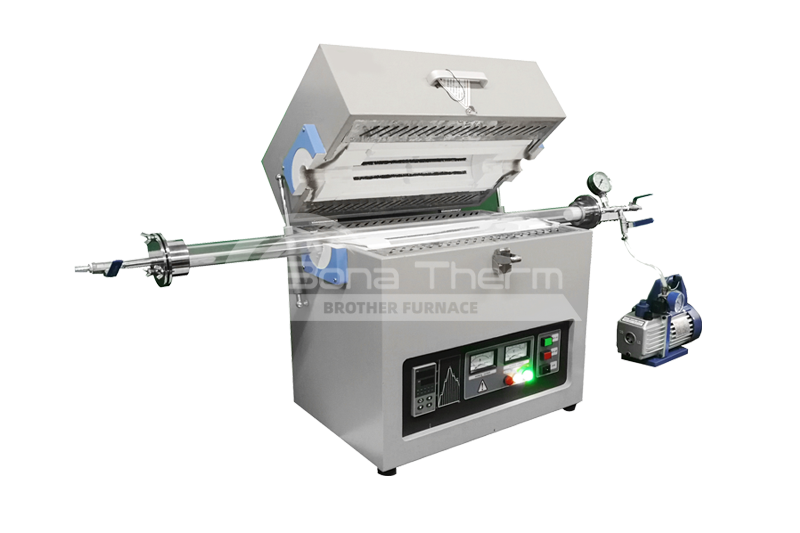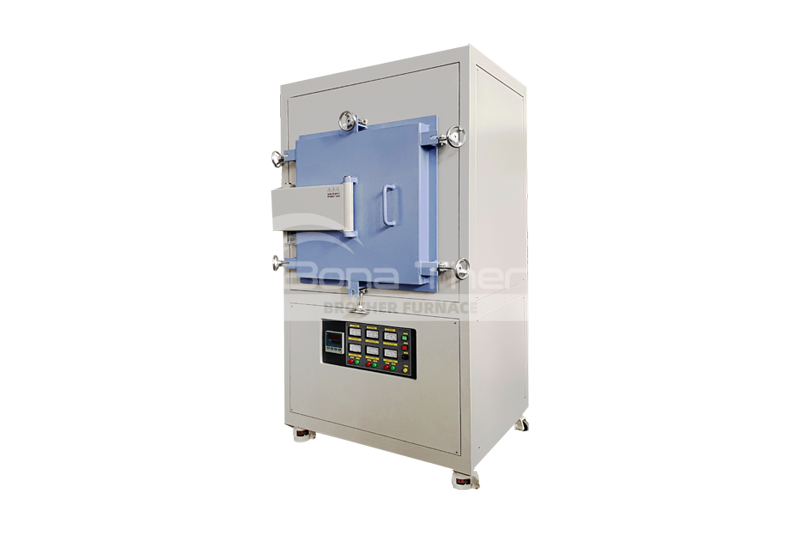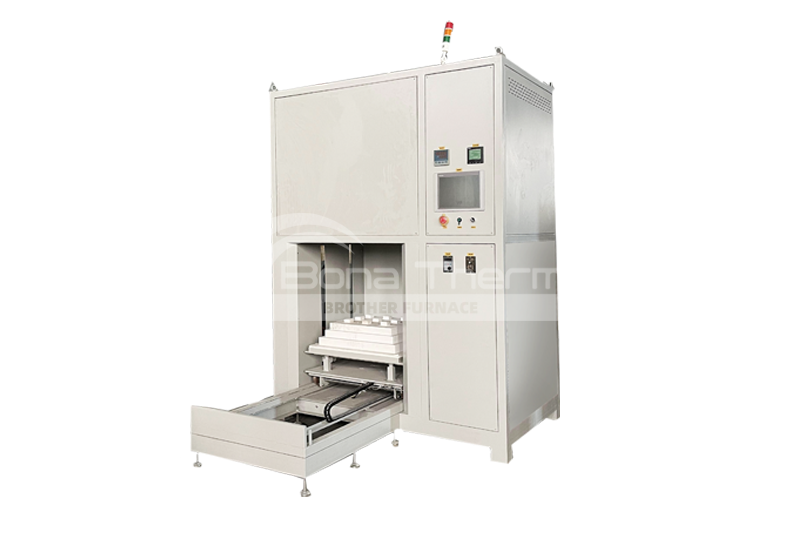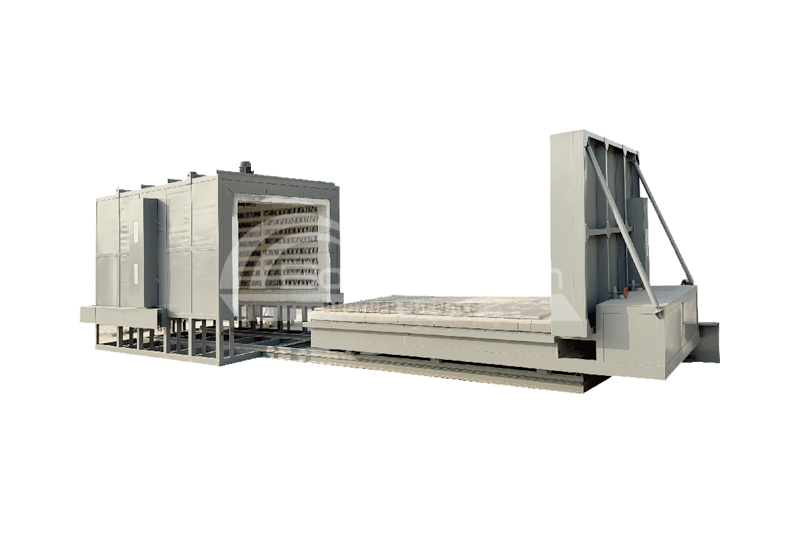What’s the difference between CVD furnace and PECVD furnace
 BROTHER FURNACE
BROTHER FURNACE
 2023-12-14 00:16
2023-12-14 00:16
"PEVD" and "CVD" stand for "Plasma Enhanced Vapor Deposition" and "Chemical Vapor Deposition" respectively. Both are surface coating technologies used to prepare thin films, but there are some key differences between them. This article will introduce you to their previous differences.
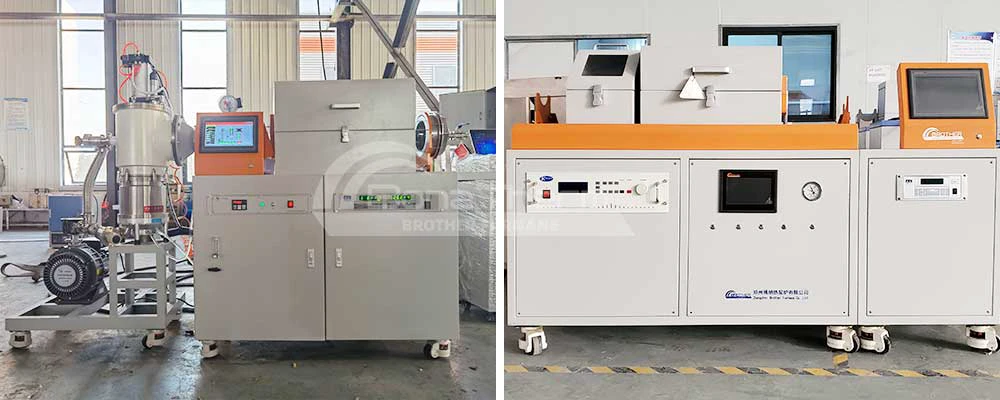
Working principle
PEVD (Plasma Enhanced Evaporation Deposition): It is an evaporation deposition technology that mainly uses plasma during the deposition process. The gas discharge creates a plasma, which increases the reaction rate and deposition uniformity.
CVD (Chemical Vapor Deposition): In the CVD process, thermal energy is relied upon to drive chemical reactions between gas phase precursors on the surface of the substrate to form the required solid film.
Temperature conditions
PEVD: usually operates at lower temperatures than traditional CVD because the presence of the plasma allows the reaction to occur more easily.
CVD: Higher temperatures may be required to ensure that the gases chemically react on the surface and form the desired film.
Application
PEVD furnace usually used to prepare some special materials, such as silicon nitride, silicon dioxide, etc.
CVD furnace widely used to prepare metal films, oxide films, silicon carbide, etc., and is widely used in the semiconductor industry.
Advantage
CVD technology provides higher deposition rates and is suitable for many different types of materials
PECVD technology allows thin films to be grown at lower temperatures, making it more suitable for temperature-sensitive substrates.
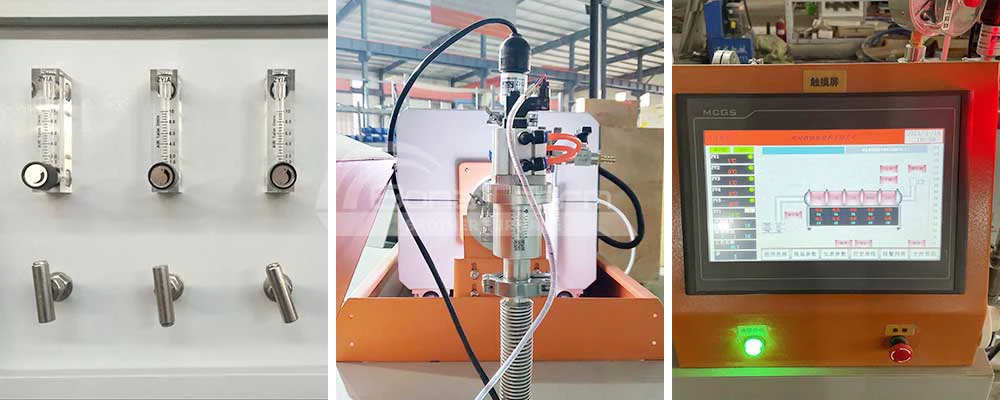
Summarize
Although both CVD furnaces and PECVD furnaces are key technologies for thin film deposition, they have significant differences in temperature conditions, working principles and application fields. Choosing the appropriate technology depends on the desired film properties and the temperature sensitivity of the substrate. Whether in the field of semiconductor manufacturing or optoelectronics, these two technologies play an irreplaceable role and promote the development of advanced materials and equipment.

